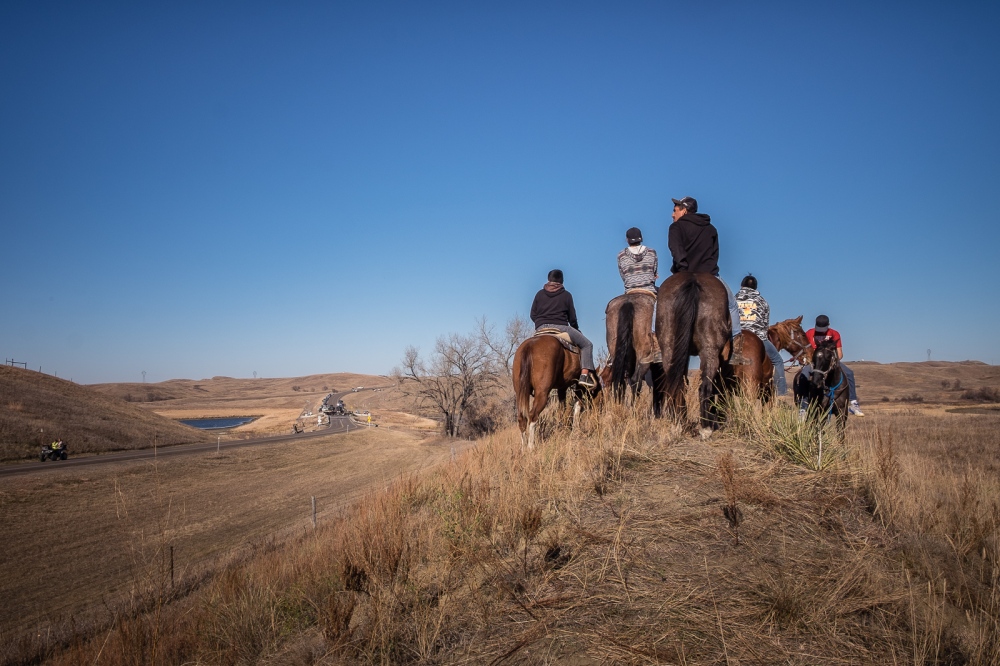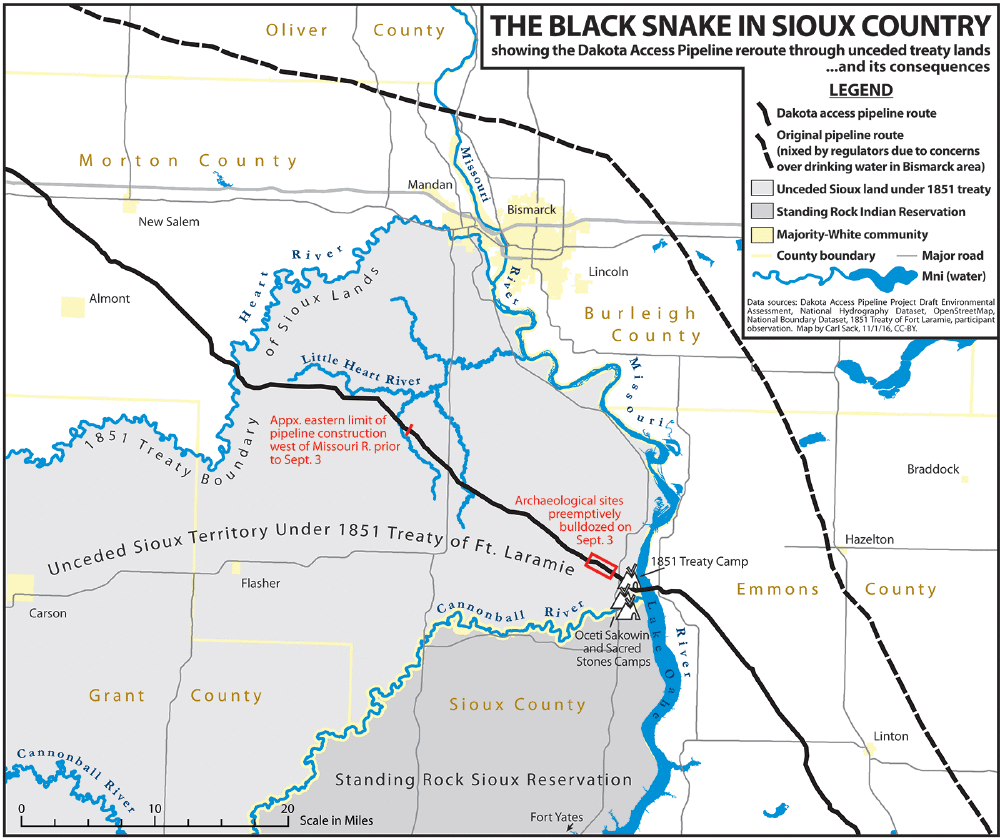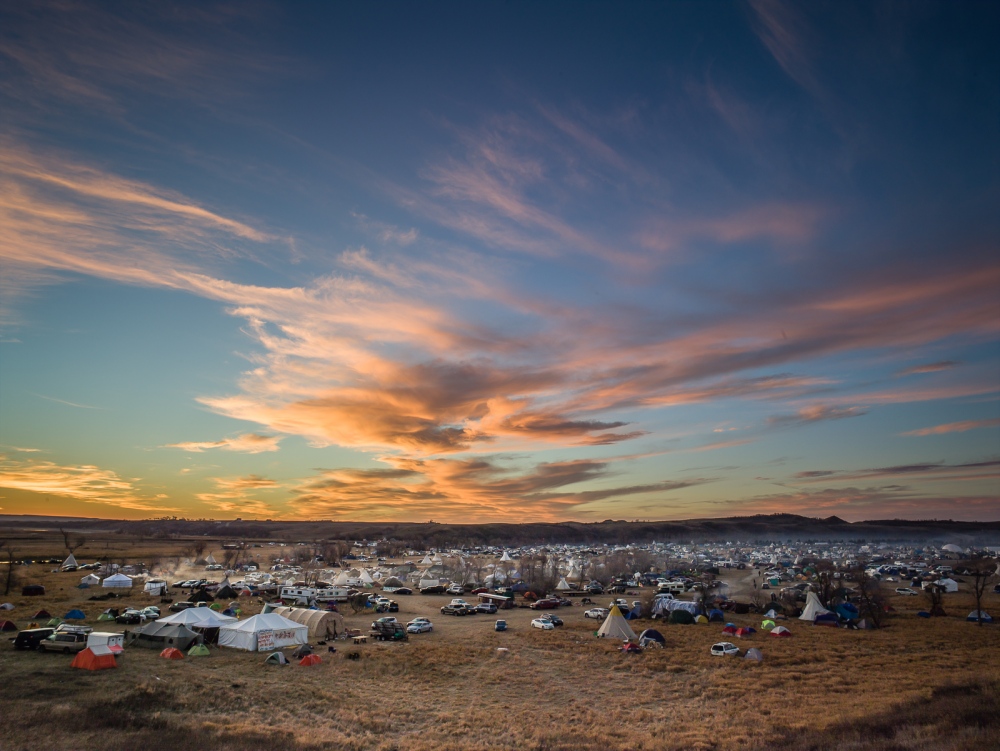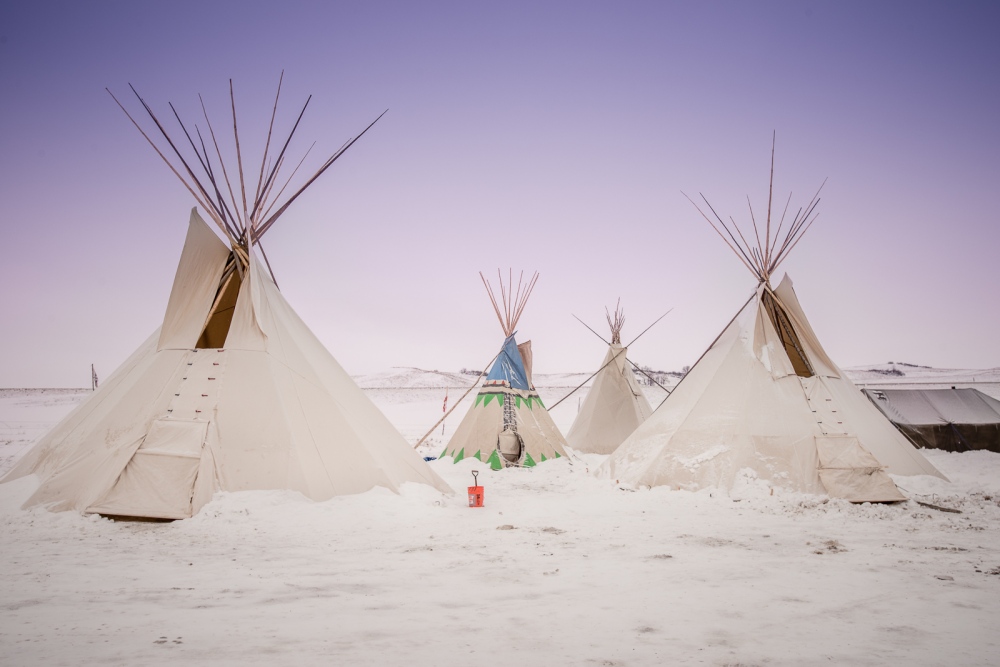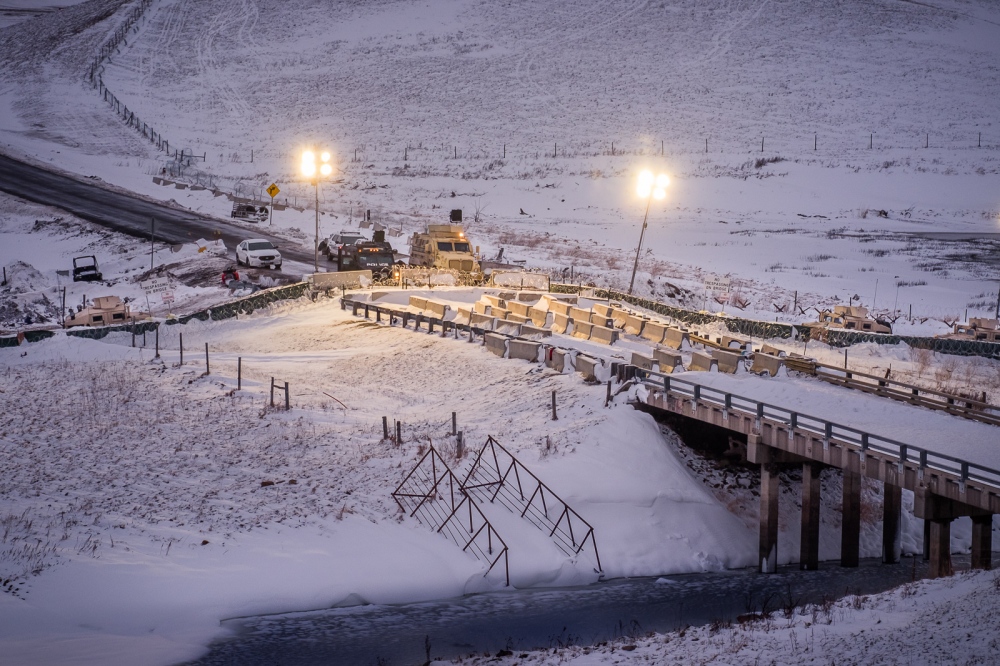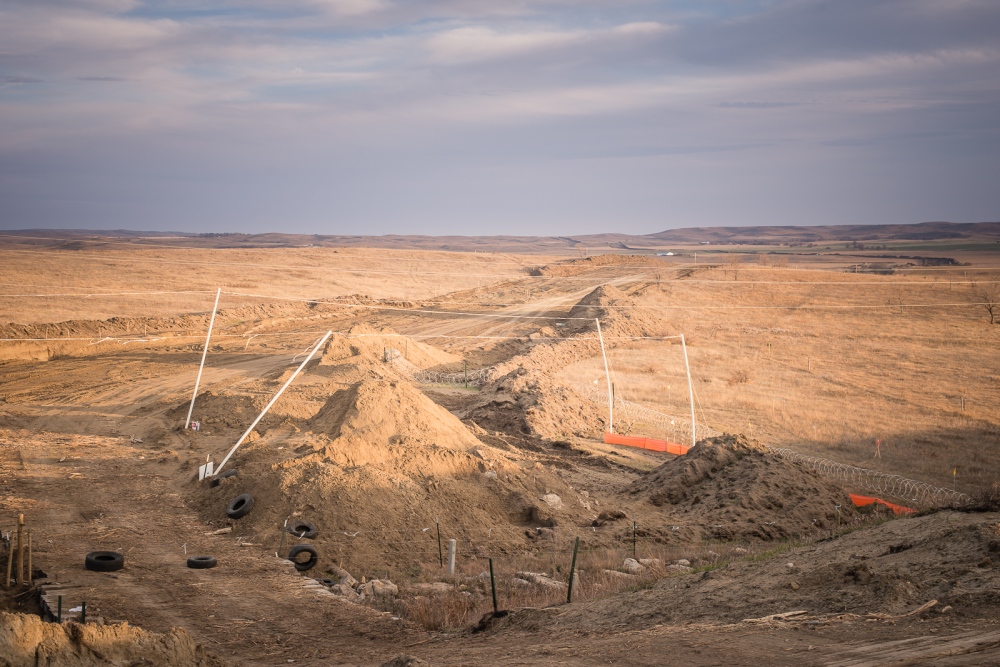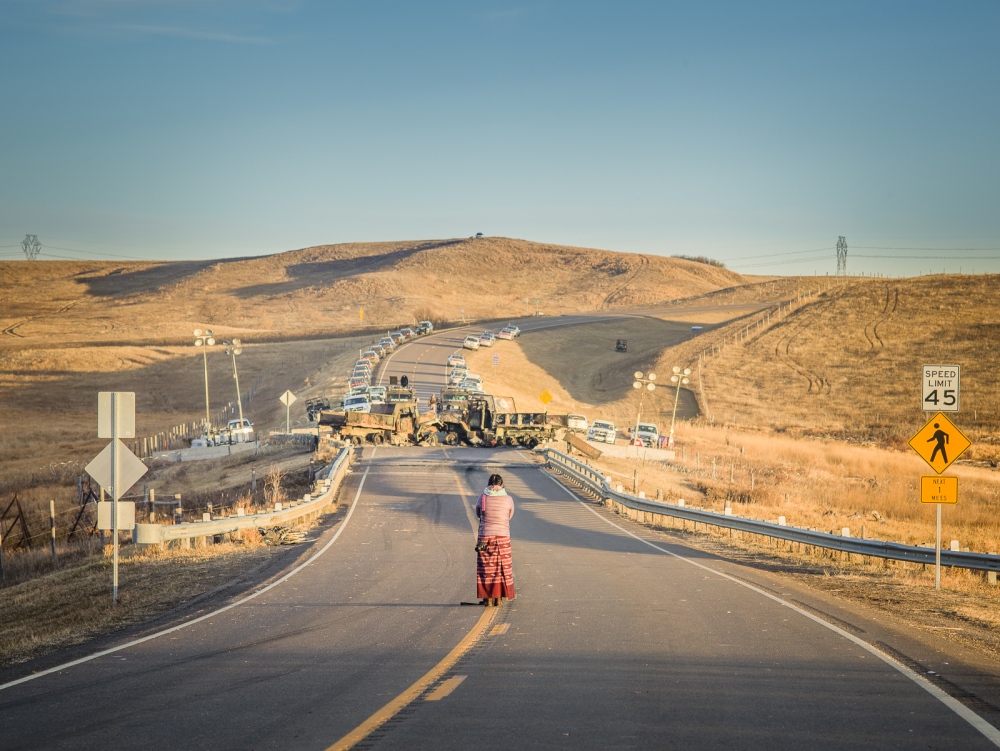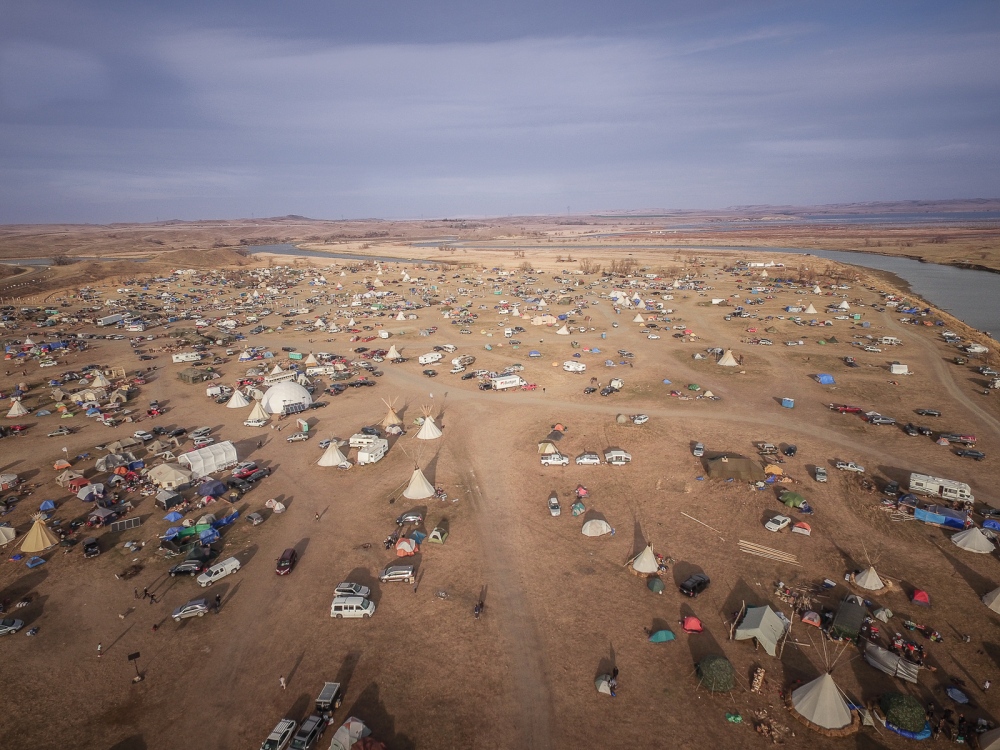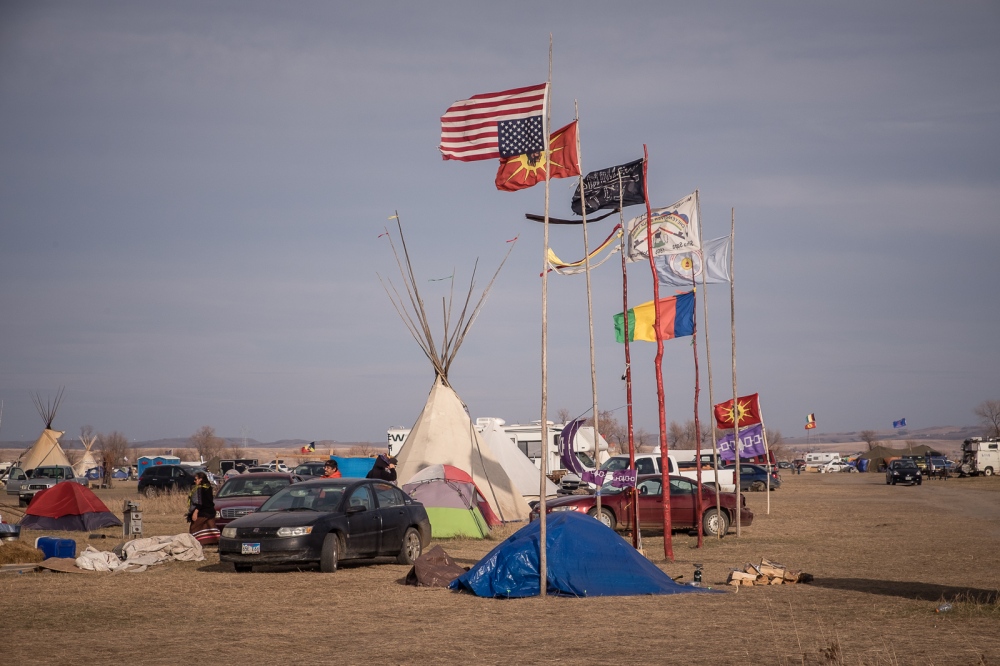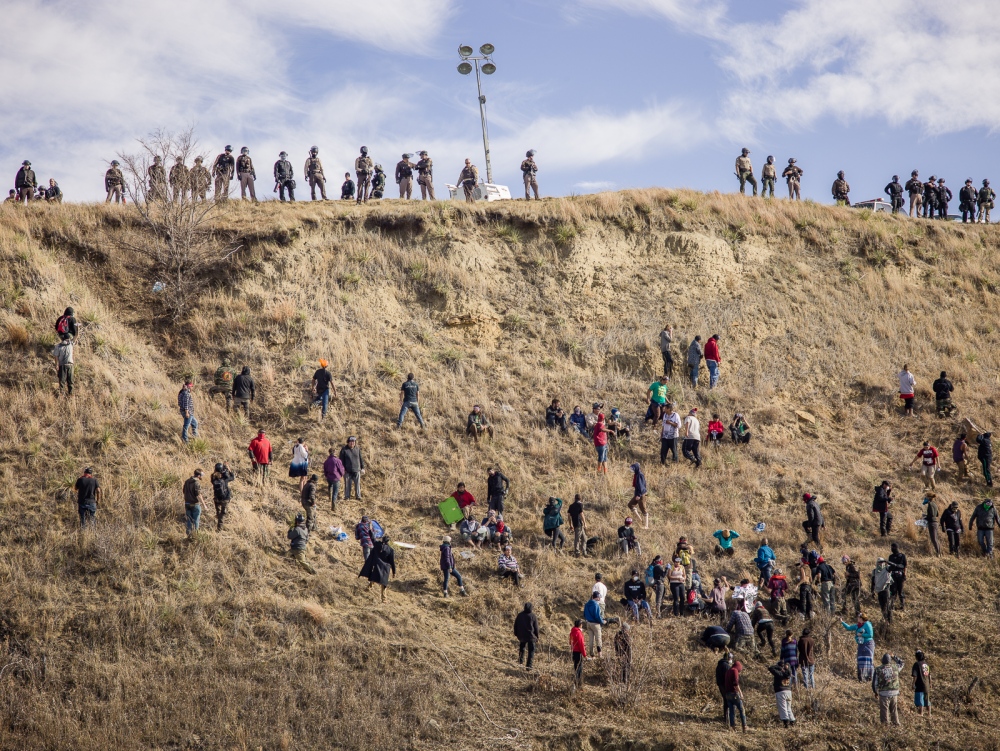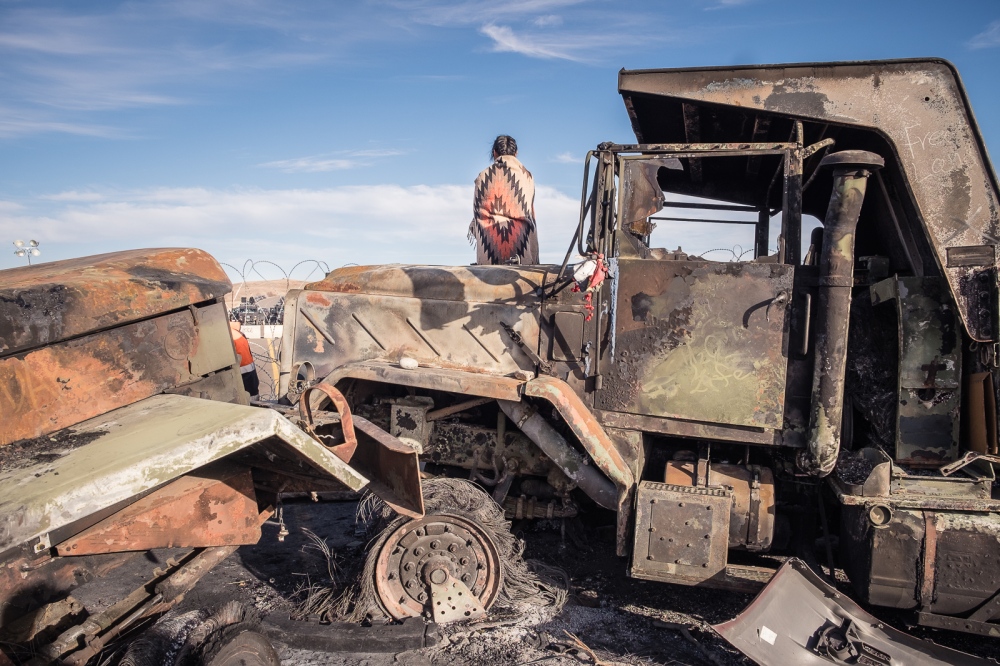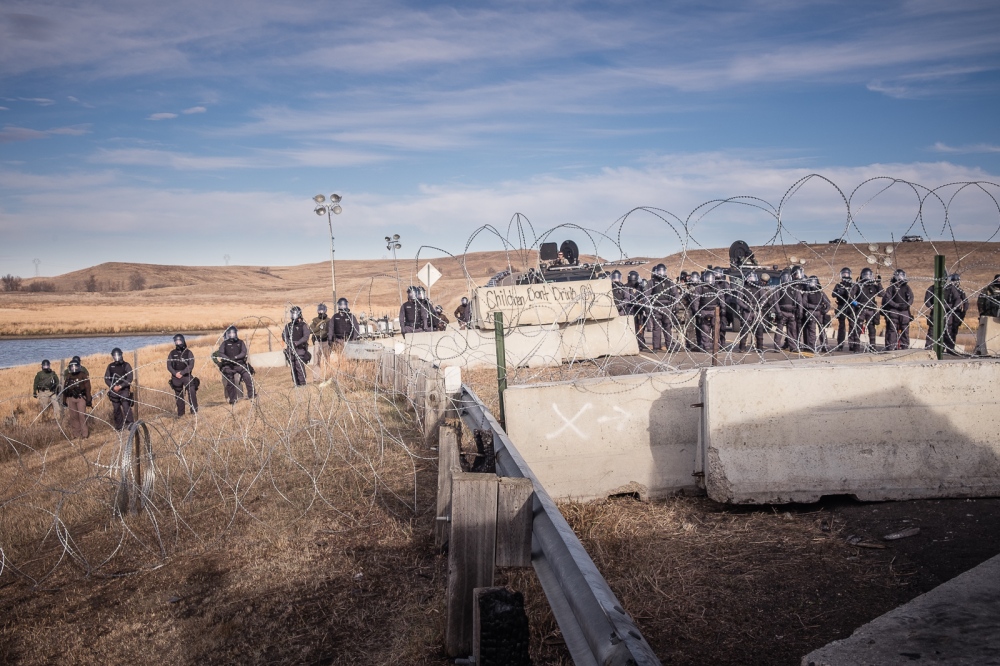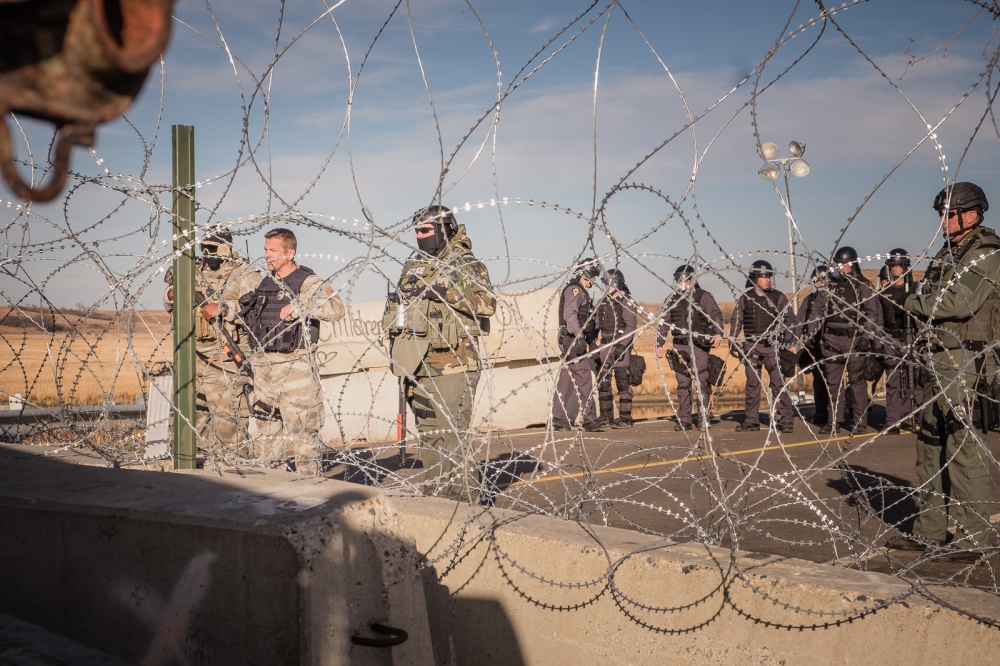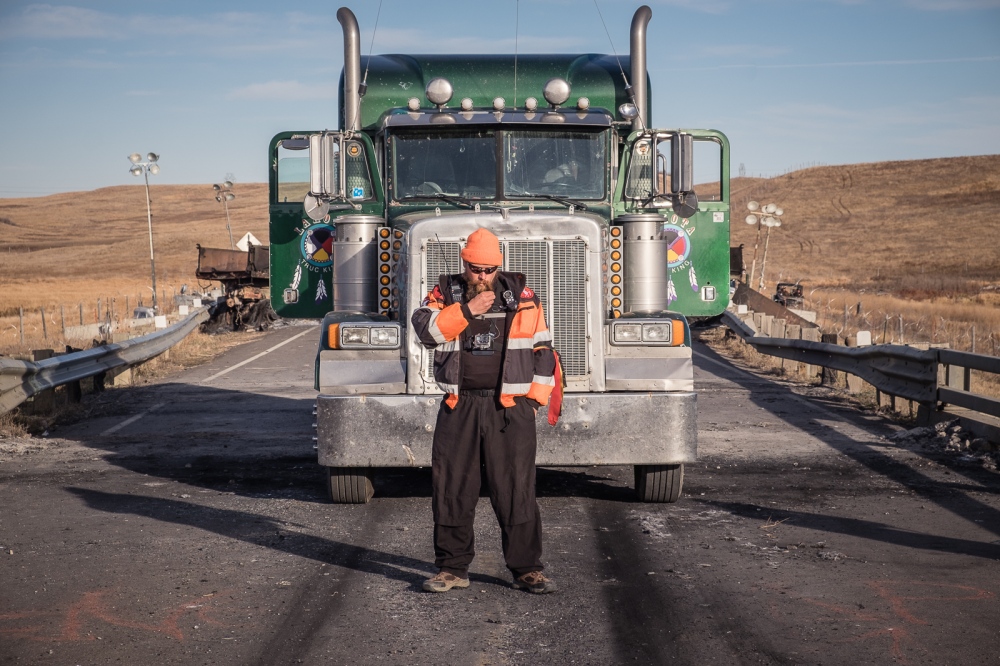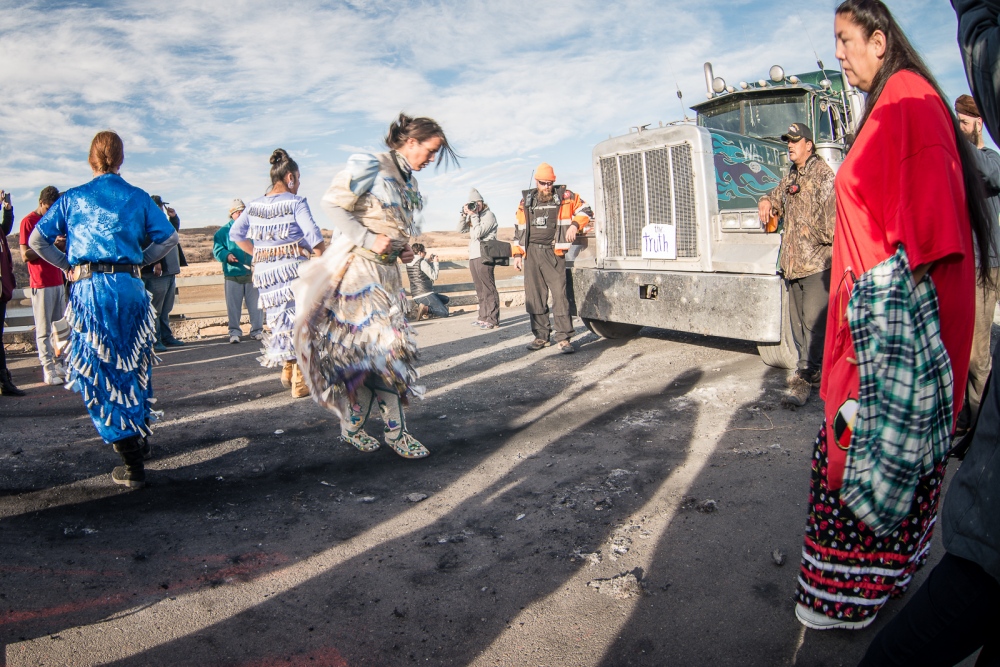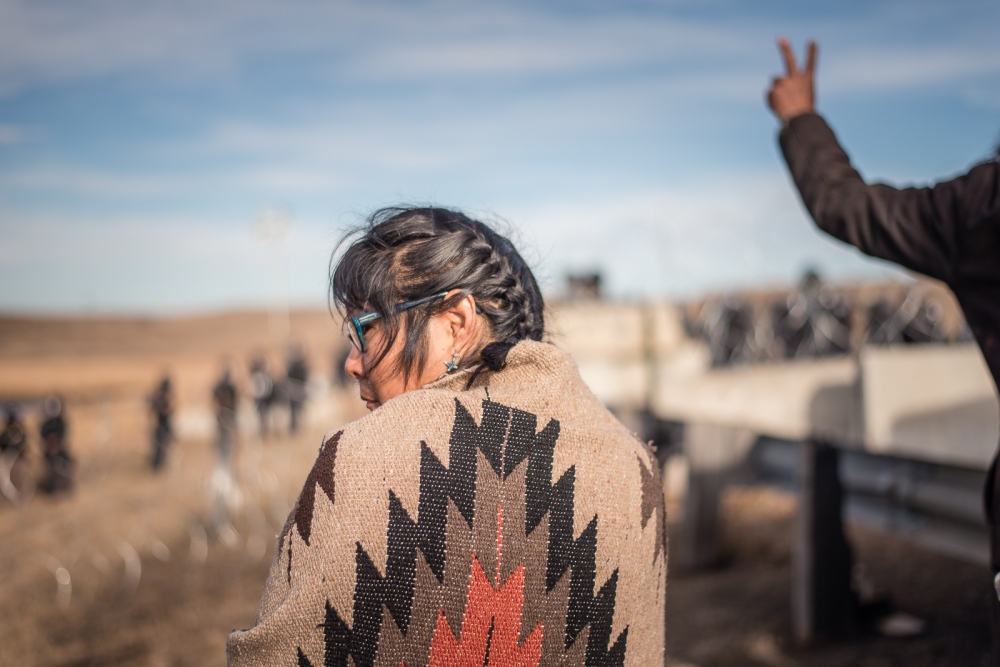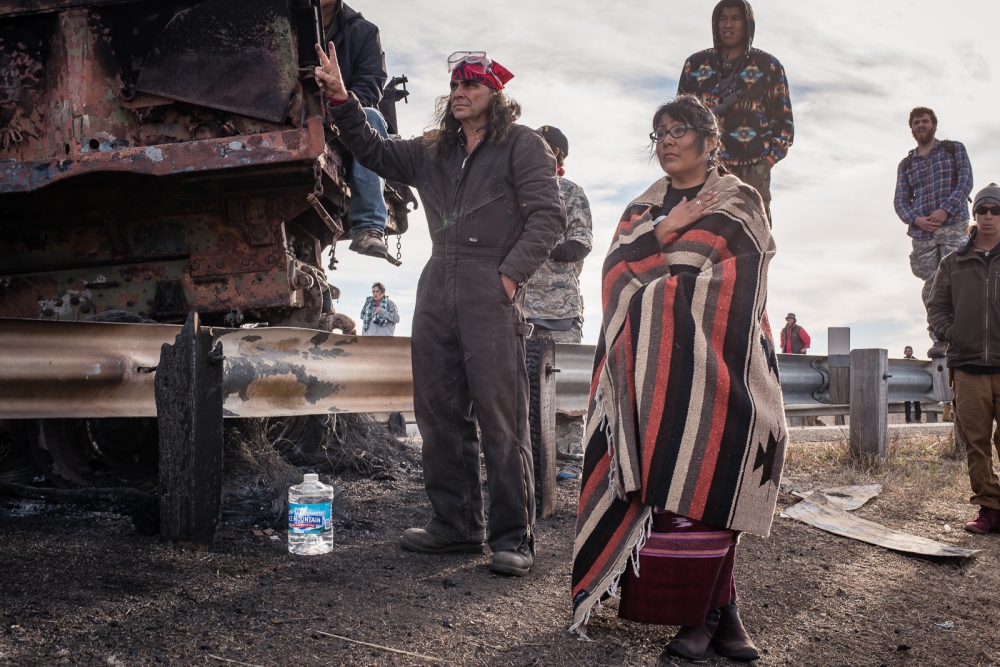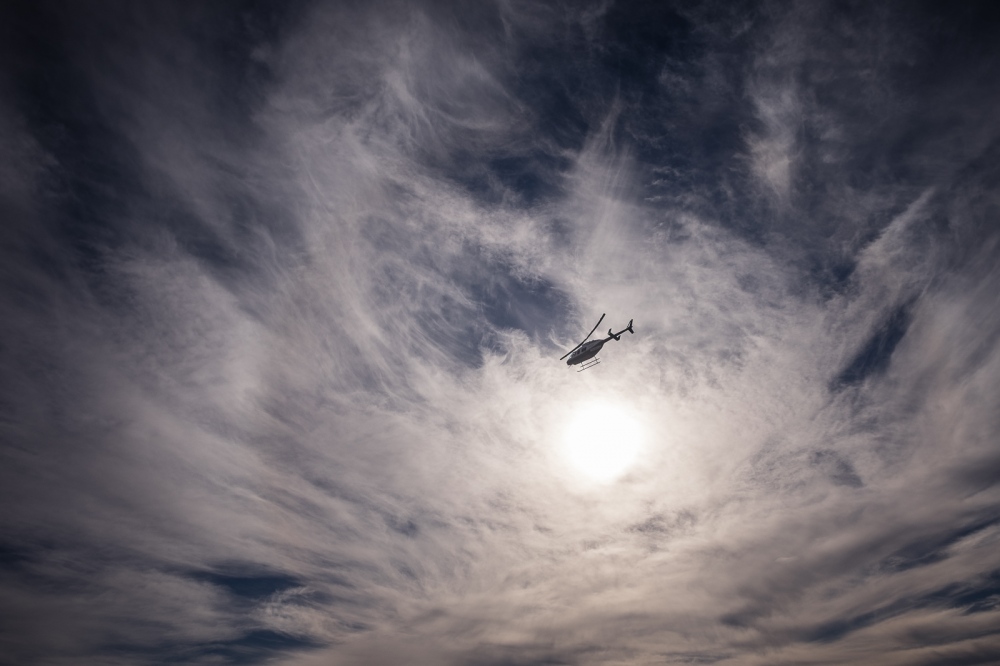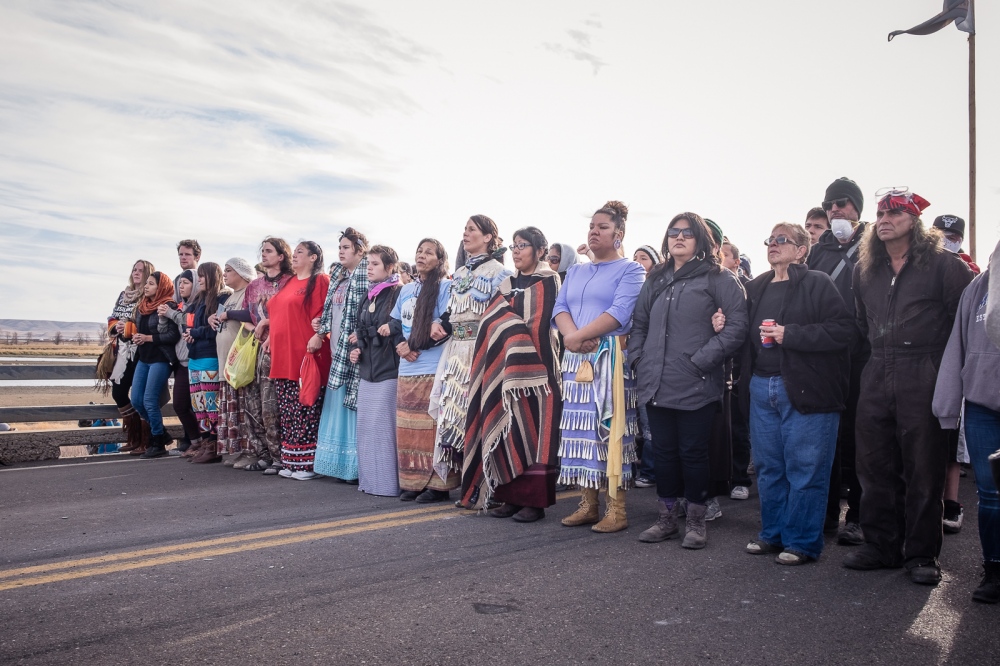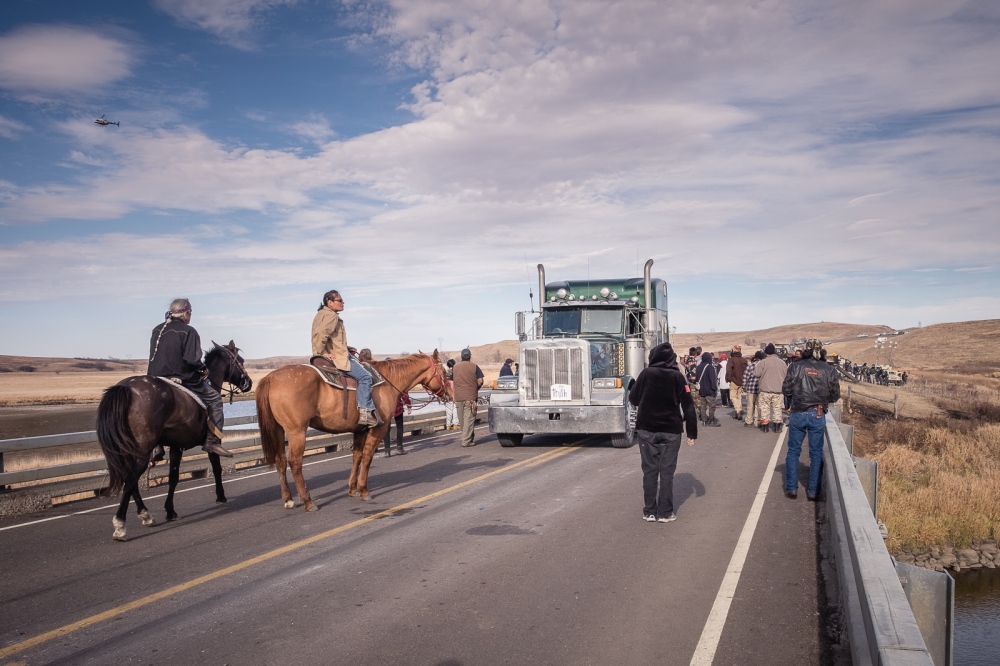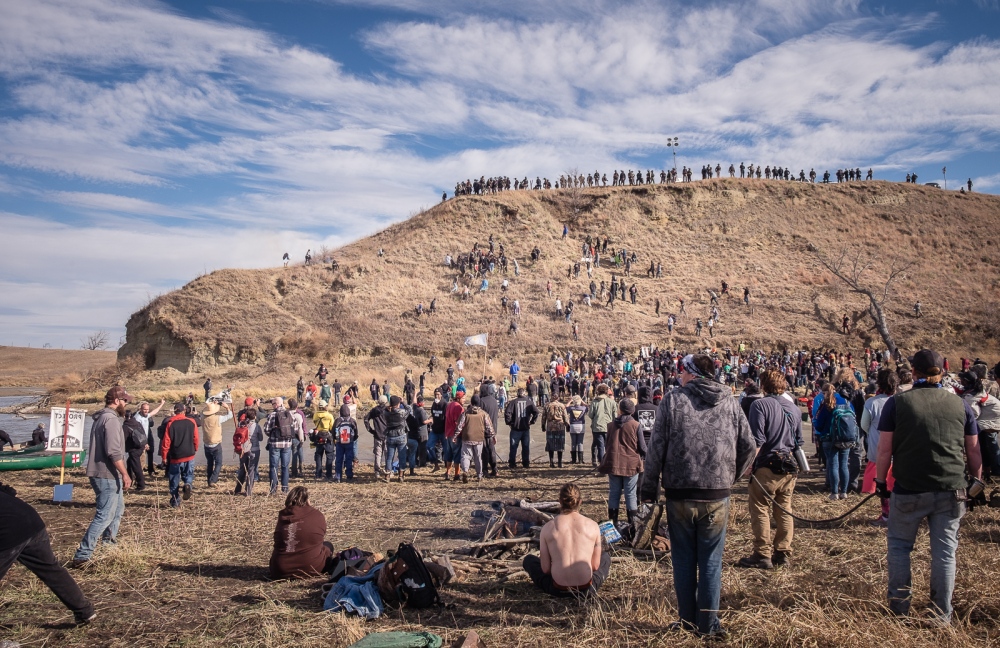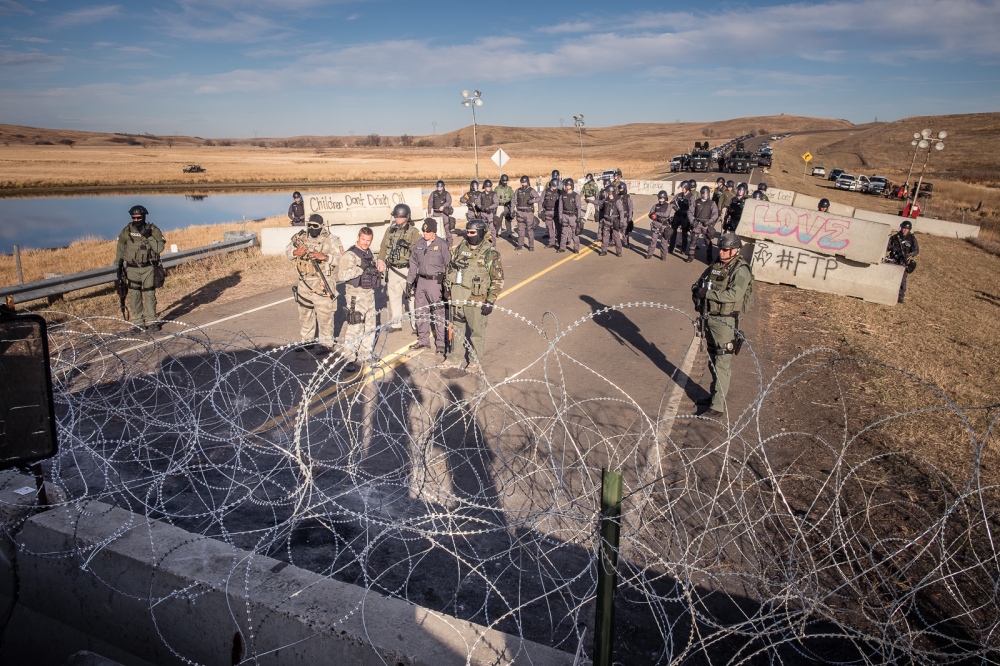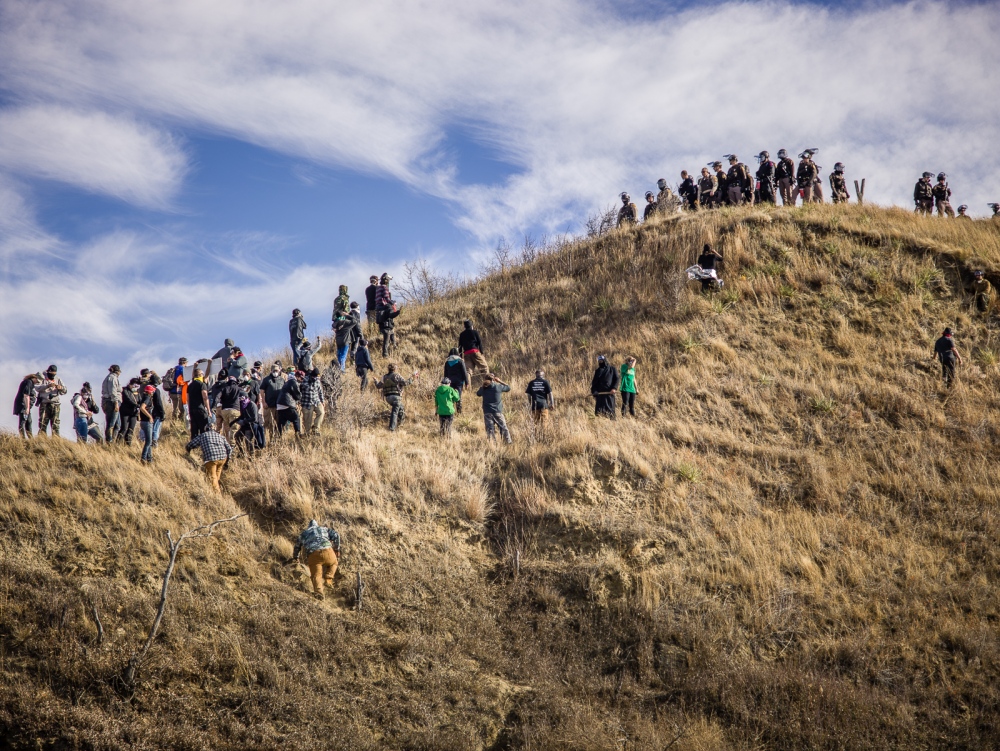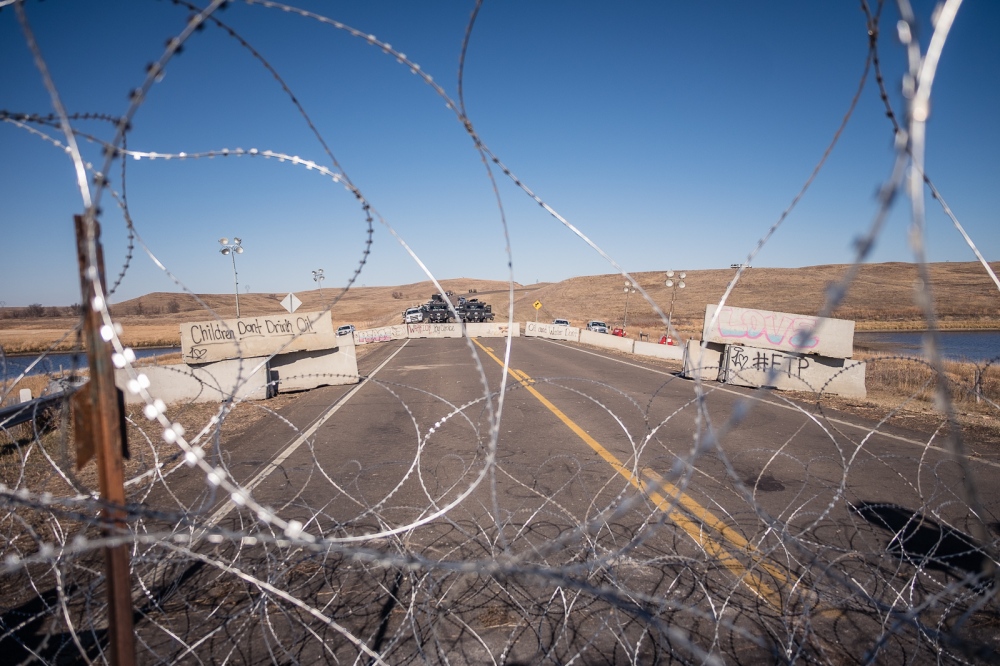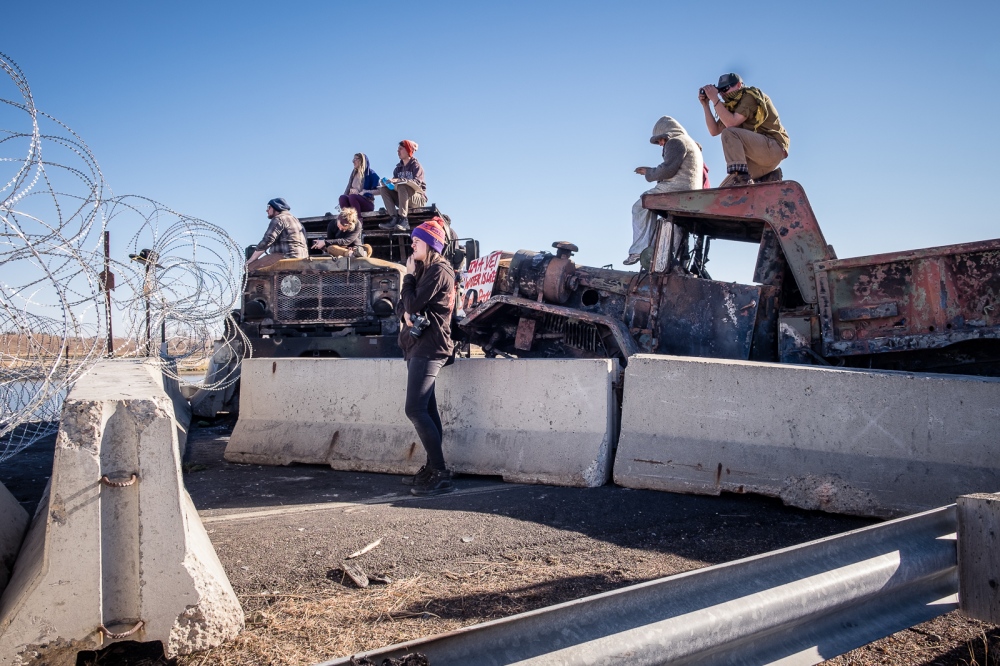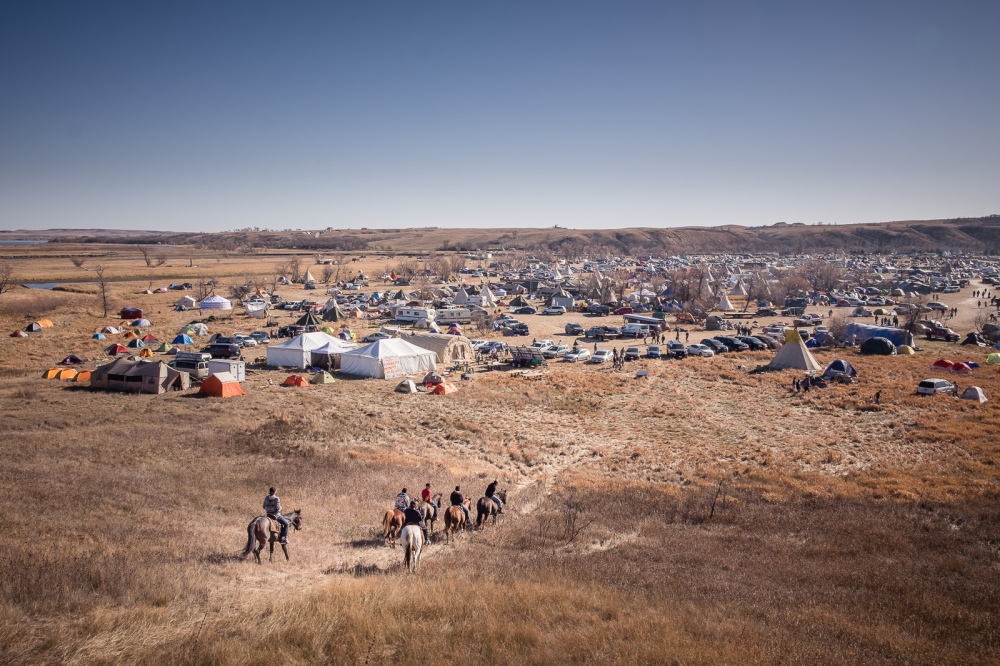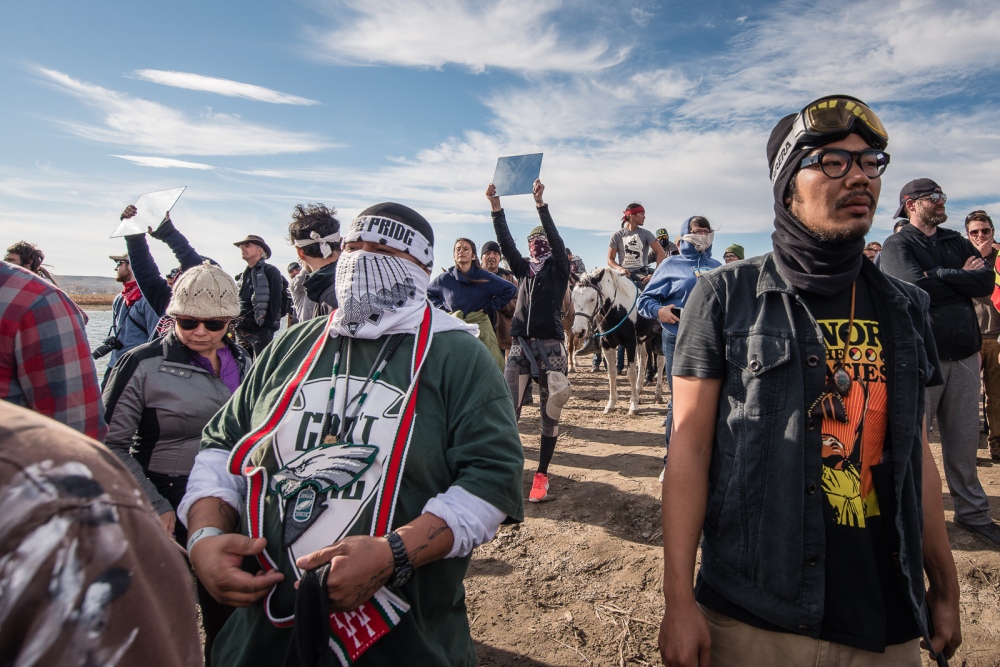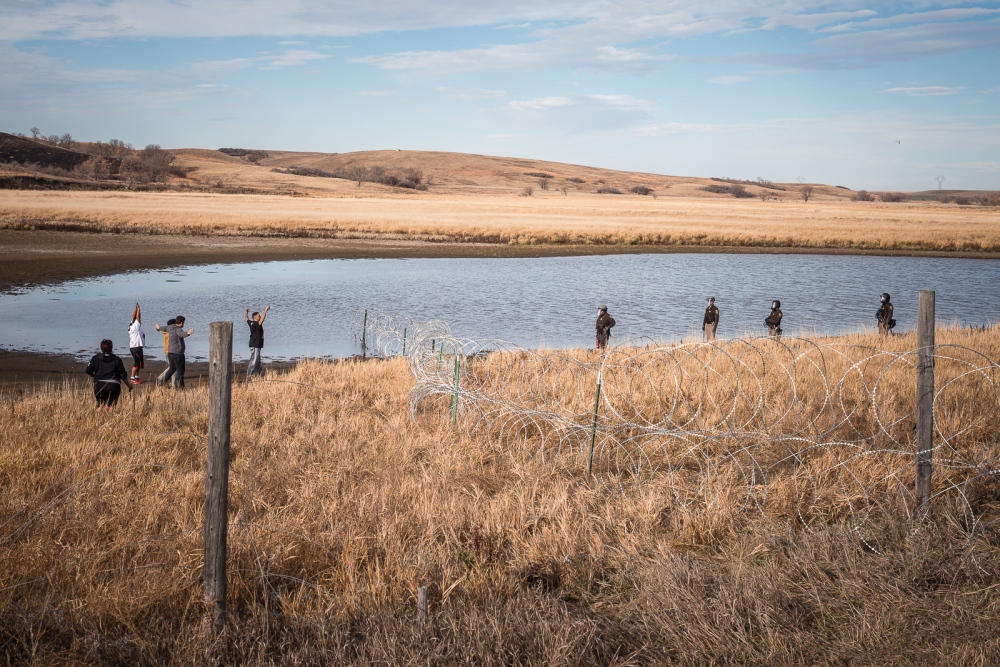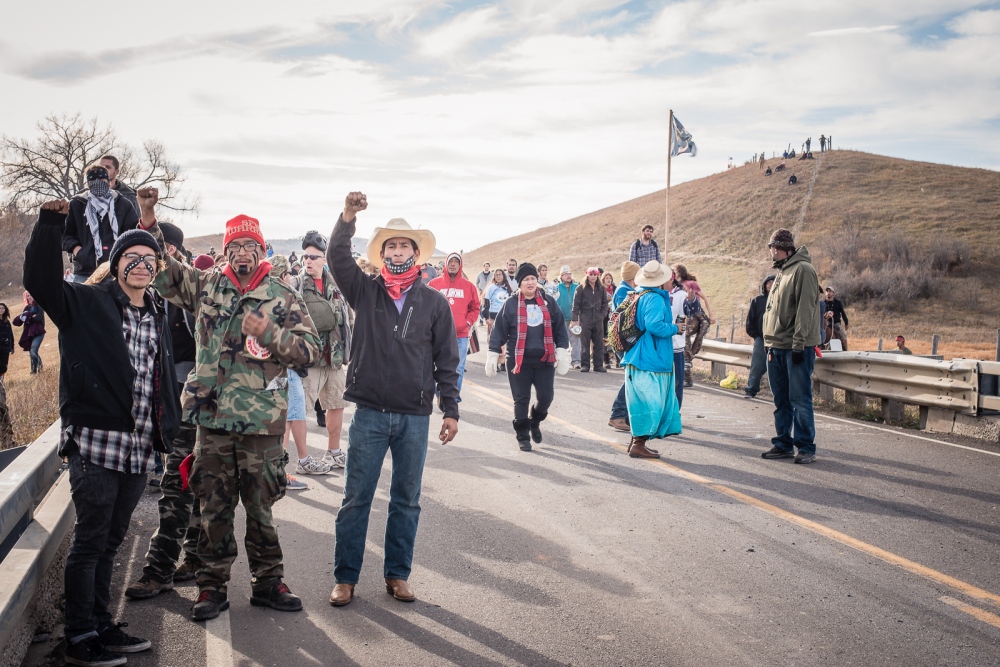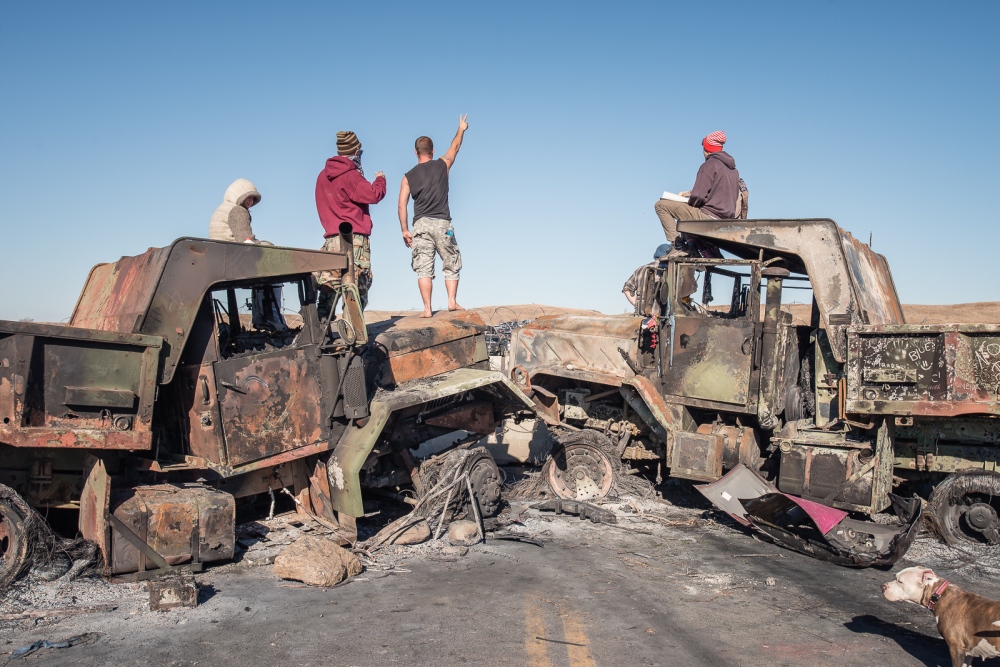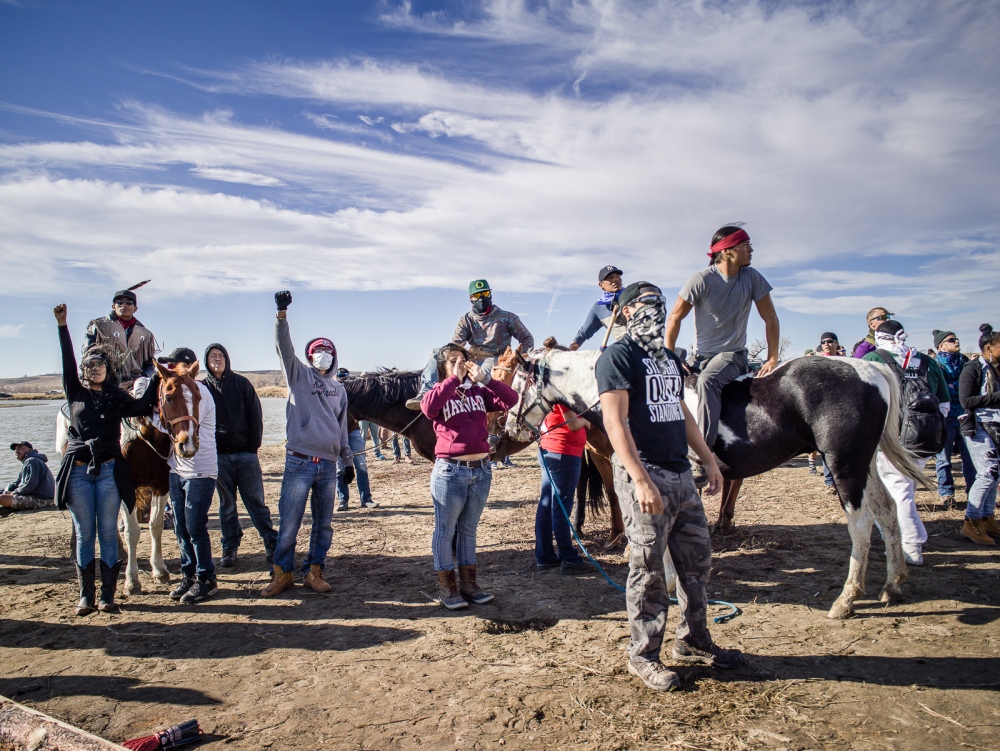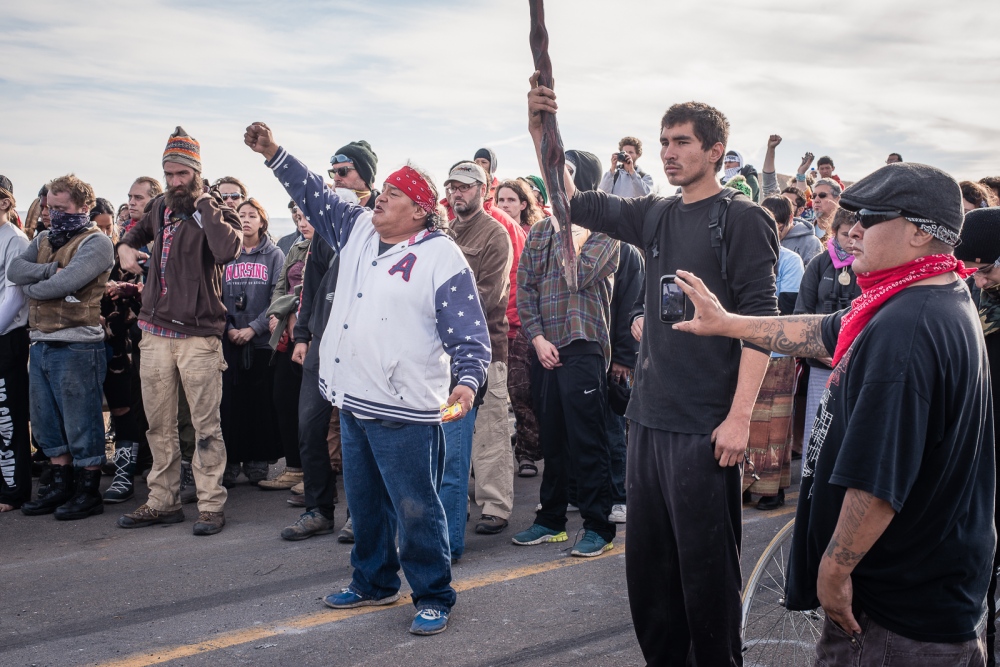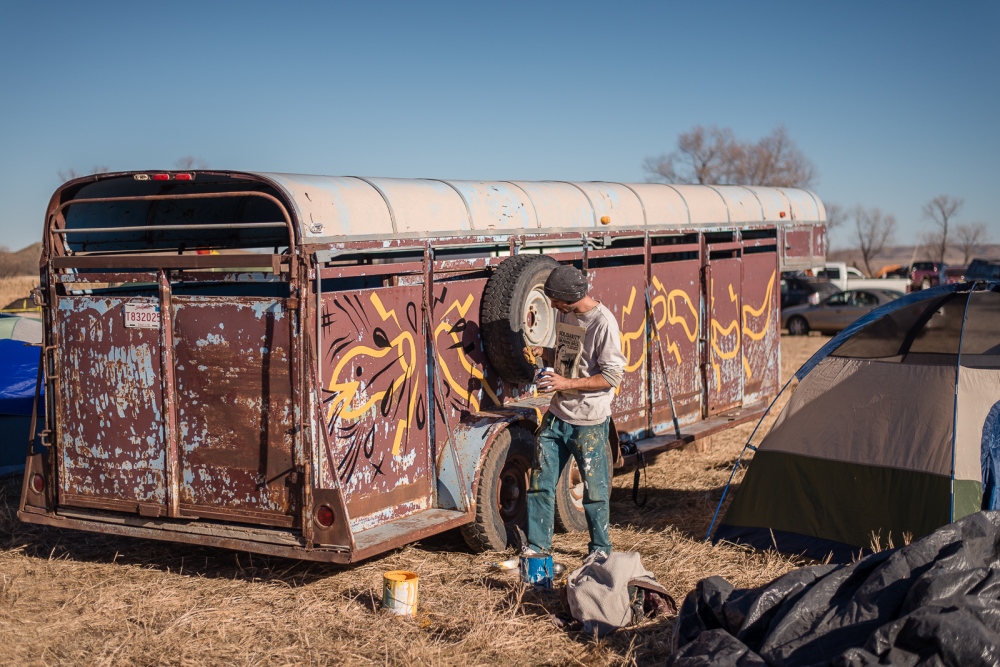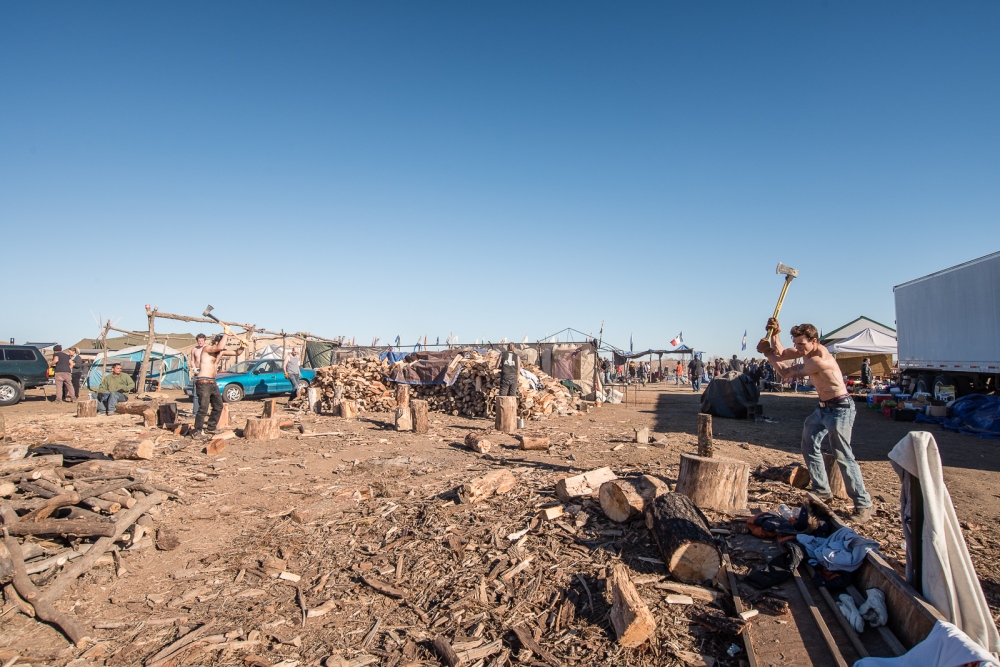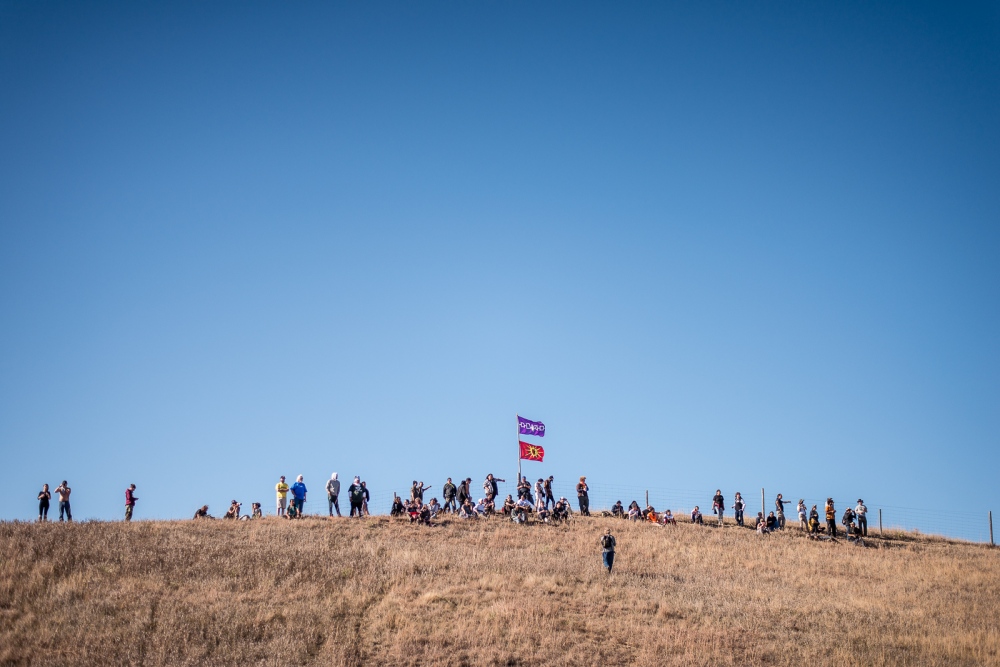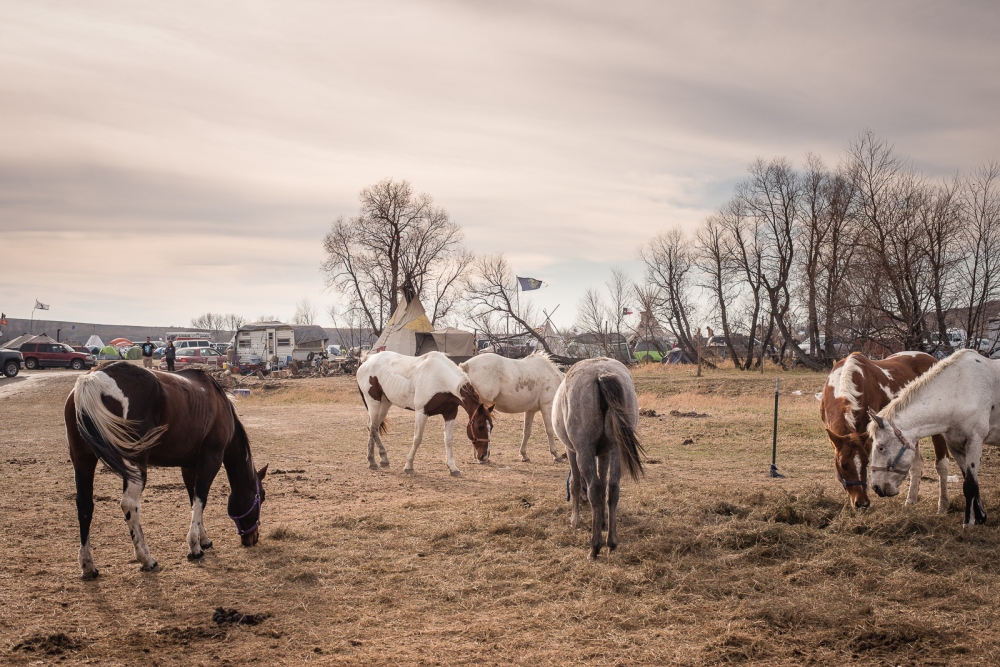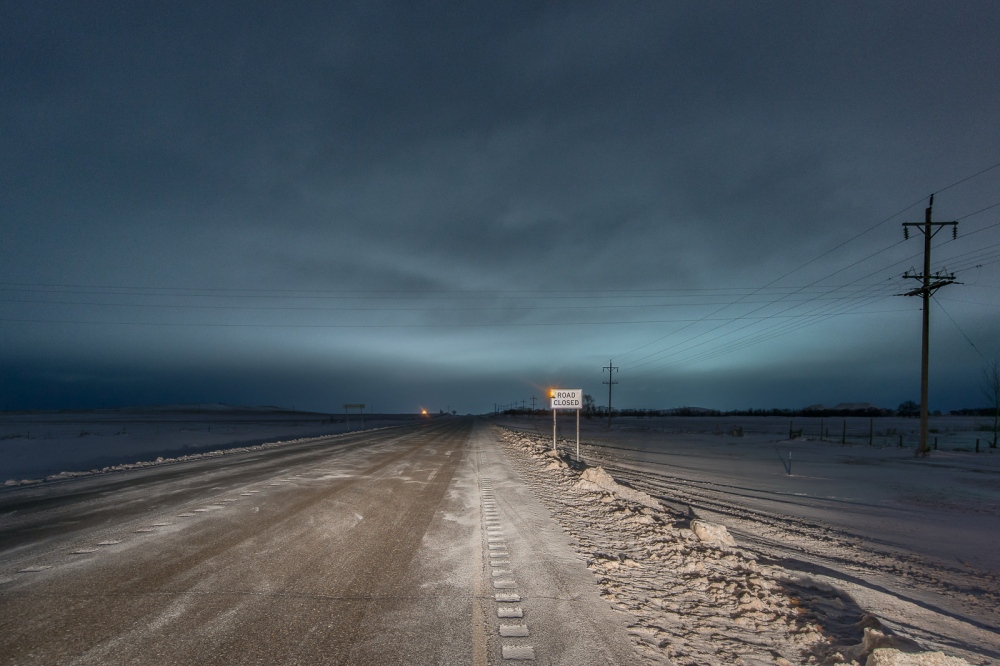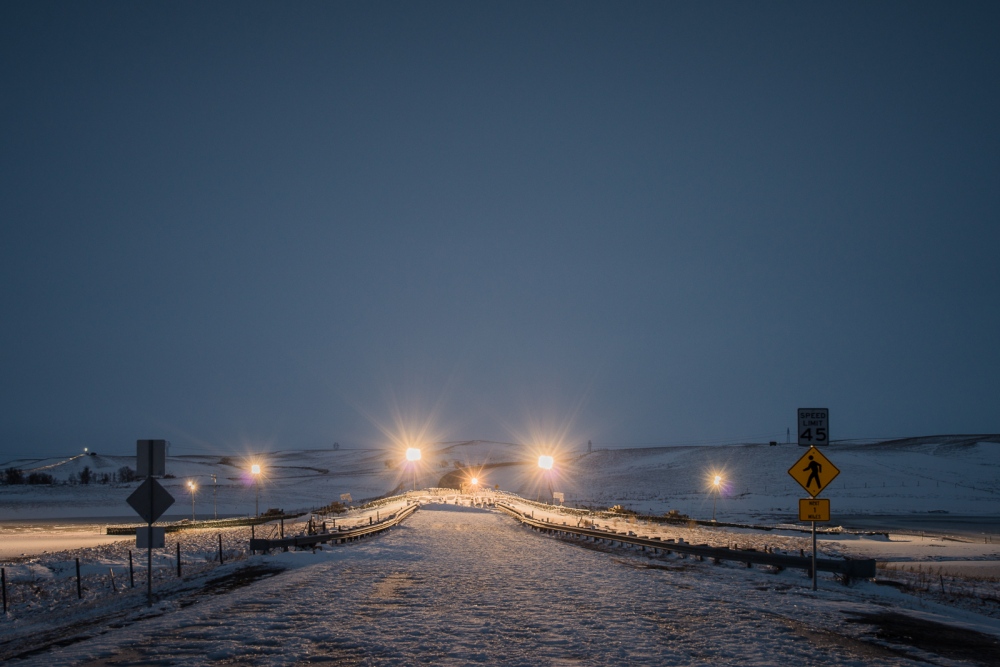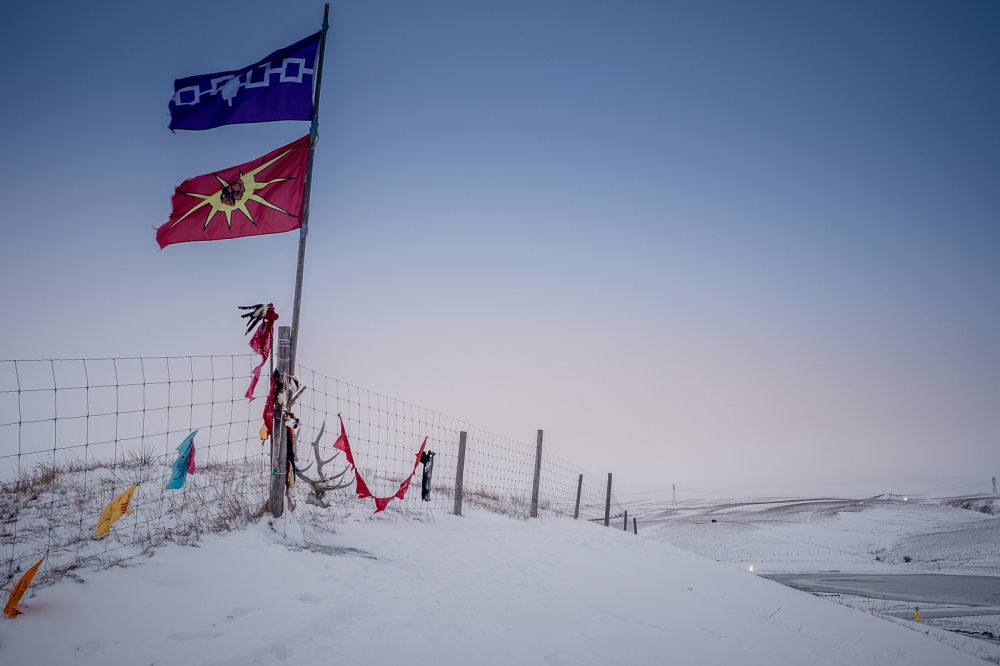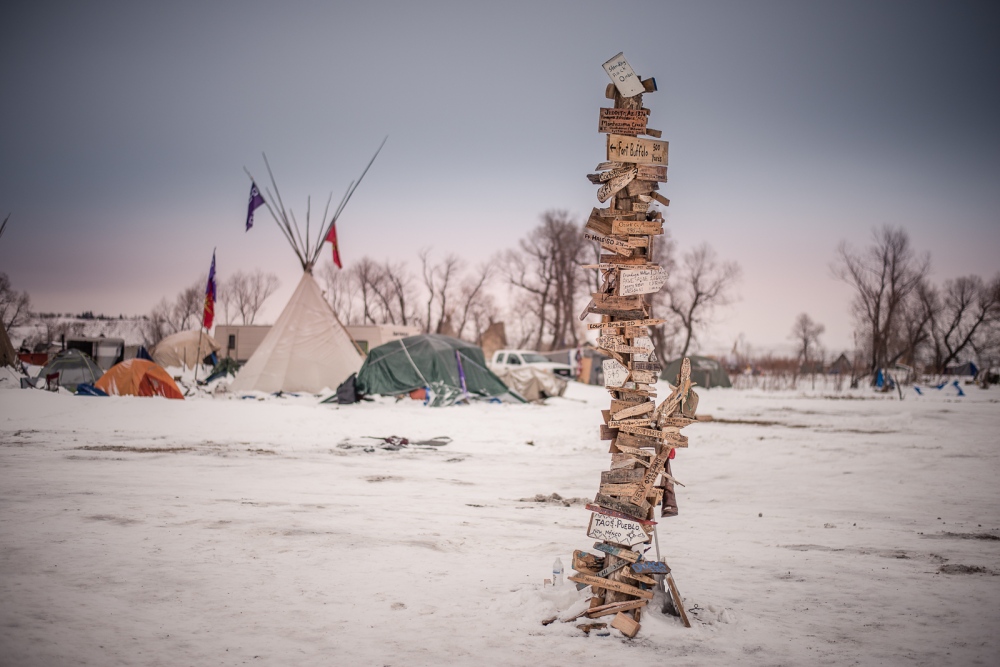The Dakota Access Pipeline or Bakken pipeline is a 1,172-mile-long (1,886 km), $3.7 billion underground oil pipeline that runs from the Bakken oil fields in Northwest North Dakota, through South Dakota and Iowa, before terminating at an oil tank farm near Patoka, Illinois. The pipeline was due to be completed on January 1, 2017.
The pipeline has been controversial regarding its necessity, potential harm to the environment and groundwater, and impact on climate change. Many Native Americans tribes in Iowa, the Dakotas, and across the United States have opposed the pipeline. In August 2016, ReZpect Our Water, a group organized by the Standing Rock Indian Reservation, brought a petition to the U.S. Army Corps of Engineers in Washington, D.C. The tribe sued for an injunction. An active protest at the pipeline site in North Dakota near the Standing Rock Indian Reservation has drawn international attention in response to the thousands of people who are protesting the construction of the pipeline.
Members of the Standing Rock Sioux tribe view the pipeline as both an environmental and cultural threat to their reservation. They argue that an oil spill would permanently contaminate the reservation's water supply and all of the Missouri River watershed downstream of the pipeline. Additionally, construction of the pipeline would destroy sacred sites where many of their ancestors are buried.
Note: This is a very large edit for the purpose of sharing images with media outlets.
